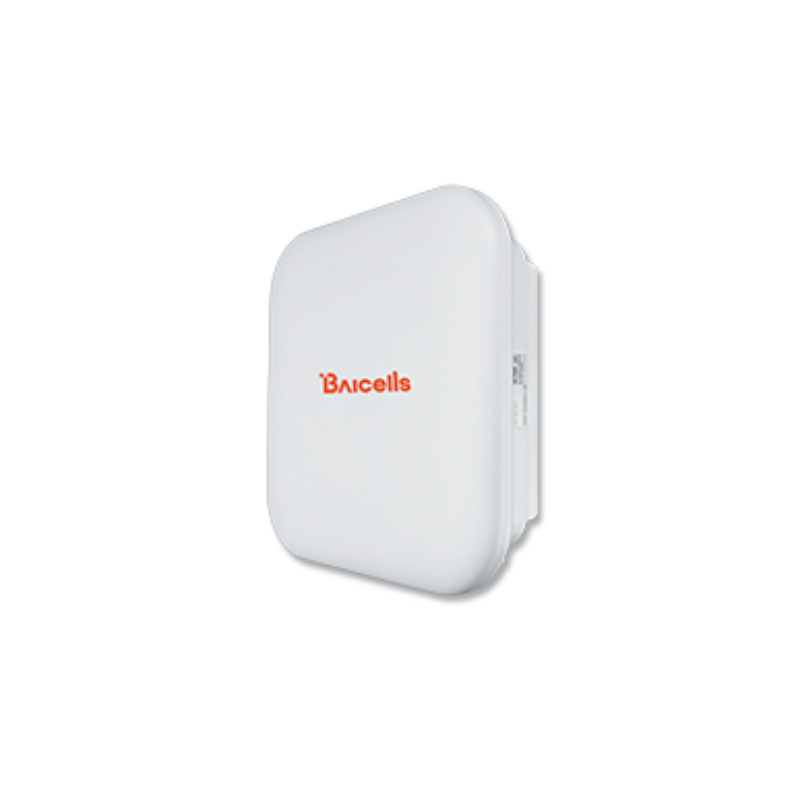Embarking on the journey of setting up my first Private LTE network using the CBRS (Citizens Broadband Radio Service) spectrum was both exciting and educational. The process, though filled with technical nuances, was a rewarding dive into the world of wireless communication. Here’s how I did it.

The Hardware: Baicells Nova 227
The centerpiece of my setup is a Baicells Nova 227 base station, which I sourced from eBay. Interestingly, this unit had a history—it was previously used with Pollen Mobile, a decentralized mobile network provider that unfortunately went out of business. Since the device was still tied to Pollen Mobile’s system, I had to reach out to them via email to get the Nova 227 released back to Baicells’ standard firmware. Thankfully, they were cooperative, and the process was straightforward.
Initial Setup: Baicells Cloudcore
As a beginner, I decided to use Baicells’ Cloudcore platform to manage the Nova 227. The Cloudcore simplifies the complexity of running a private LTE network by providing an intuitive interface to configure and monitor the base station. To get started, I ordered a few SIM cards from a Baicells reseller. These SIM cards are essential for connecting devices to the LTE network.
Key Requirements and Challenges
Setting up a private LTE network involves more than just plugging in the hardware. There are several critical steps and requirements:
- SAS Account: CBRS operates in the shared spectrum, and a Spectrum Access System (SAS) account is required to manage frequency allocations. The SAS ensures interference-free operation by dynamically assigning frequencies to devices.
- CPI Certification: To bring the base station online, it must be registered with accurate location data and parameters. This requires a Certified Professional Installer (CPI) certification. I had to familiarize myself with this process to ensure compliance and proper configuration.
Lessons Learned
One of the biggest takeaways from this project is the importance of understanding the regulatory and technical requirements of CBRS. While platforms like Baicells Cloudcore make the process easier, there’s still a significant learning curve, especially for newcomers. I also learned the value of community support and clear documentation—reaching out to Pollen Mobile and working with Baicells’ resources were invaluable.
What’s Next?
With the Nova 227 now up and running, I’m exploring ways to expand and optimize the network. The CBRS spectrum offers incredible potential for private LTE and 5G networks, and I’m excited to see how this technology can be applied to various use cases. From IoT applications to localized mobile networks, the possibilities are endless.
Setting up this network has been a fascinating foray into a world that’s increasingly shaping the future of connectivity. If you’re considering diving into CBRS and private LTE, I highly recommend giving it a try. With the right tools and resources, it’s a challenge worth taking on!